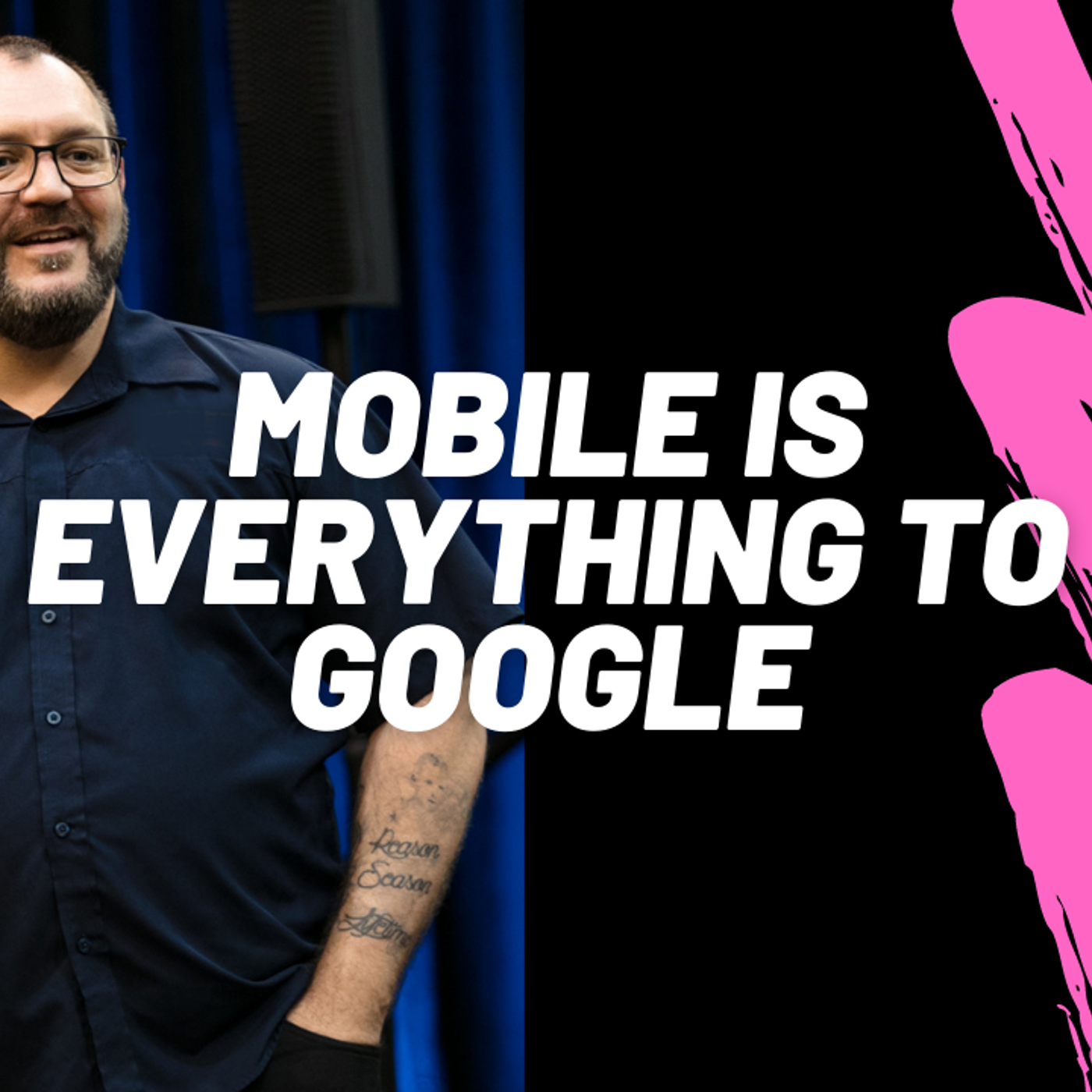S1 Ep142: To Google, Mobile is Everything

b'
Google ranks websites based on what they do on a mobile phone. Desktop performance isn\\u2019t even a consideration anymore. And while you\\u2019ve been using a responsive design for years, is your website actually made for the mobile user?
\\n\\xa0
\\nThis is Clickstarter, the Australian digital marketing podcast. I\\u2019m Dante St James.
\\n\\xa0
\\nIt\\u2019s no longer good enough to simply have a mobile-friendly design. You need to make sure that your website is a superstar performer on mobiles.\\xa0
\\n\\xa0
\\nSince mobile use of most websites is now running at between 70 and 90% of all traffic, how do you make sure you\\u2019re hitting the mark on mobiles?
\\n\\xa0
\\nYou need to:
\\n\\xa0
\\n-\\xa0 \\xa0 \\xa0 \\xa0Concentrate more on the information you\\u2019re sharing than on the design of the site
\\n-\\xa0 \\xa0 \\xa0 \\xa0Cut down the clutter, and
\\n-\\xa0 \\xa0 \\xa0 \\xa0Get to the point quickly
\\n\\xa0
\\nLet\\u2019s look at that a bit more closely.
\\n\\xa0
\\n\\n1.\\xa0 \\xa0 \\xa0Concentrate on information rather than design\\n
\\n\\xa0
\\nYour mobile website viewers are not there to marvel at your beautiful design, worship at the altar of your logo or be dazzled by the video of a drone fly-through of your warehouse. The intent of a mobile visitor to your site is driven by what they need to get from your site when they get to you. And in 6 out of 10 cases that is information on your products and services. The other 4 out of 10 cases are just about always going to be about getting your contact or location information.
\\n\\xa0
\\nSo when you put barriers in front of that information, like big slideshows, hero images and autoplay videos, you\\u2019re turning the whole experience into an annoying mess.
\\n\\xa0
\\nTo begin with, the following elements have no place on a mobile-first website:
\\n\\xa0
\\n-\\xa0 \\xa0 \\xa0 \\xa0Slideshows
\\n-\\xa0 \\xa0 \\xa0 \\xa0Image galleries in grid layouts
\\n-\\xa0 \\xa0 \\xa0 \\xa0Background videos
\\n-\\xa0 \\xa0 \\xa0 \\xa0Long About Us descriptions on home pages
\\n-\\xa0 \\xa0 \\xa0 \\xa0Big chunky social media icons
\\n-\\xa0 \\xa0 \\xa0 \\xa0Embedded social media content and like boxes
\\n\\xa0
\\nEvery one of these things stands in the way of getting your prospective customer to where they want to get to. And pushes them further away from a sale with you.
\\n\\xa0
\\n2.\\xa0 \\xa0 \\xa0Write for an easy reference, rather than an impressive wordcount
\\n\\xa0
\\nAnother way that we tend to get in the way of our customer\\u2019s needs is by throwing lots of words in the way. If you\\u2019re writing blogs and content pages on your website to attract Google results, remember too, that Google is just reflecting what people do when they come to your articles and pages.
\\n\\xa0
\\nIf it takes too long for someone to get the information they need from your page, they leave. So does Google. So get to the point really early in the article or page. Try presenting the info high up on the page in the form of one-line dot points, then later, expanding on those points in paragraphs.
\\n\\xa0
\\nThis lets people skim to find what they need, which makes your website more useful to more people, more efficiently.
\\n\\xa0
\\nThe important thing across all these ideas is getting the design and words out of the way of the most important thing of all on your website, easily consumed information about your products and services.
\\nI\\u2019m Dante St James. You can learn more about digital marketing the Australian way at clickstarter.com.au, and give your business all the tools it needs to get known, get found and stay known.
'